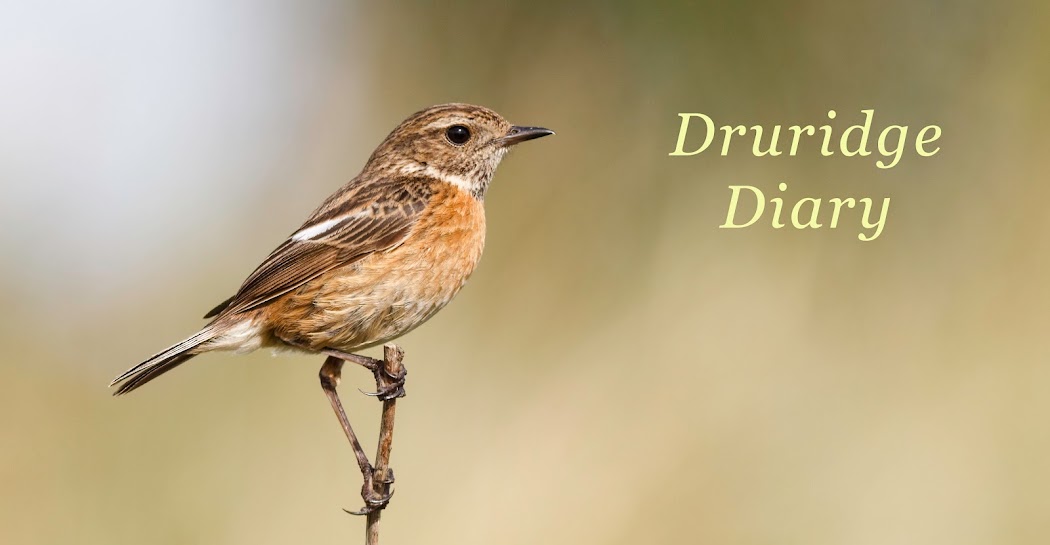 |
| The sun sets on the last day of the decade at Druridge Pools |
Despite being out of action for pretty-much all of May and June this year and having done no ringing at all, it's been a reasonable year on the patch.
One, hopefully two, new species were added to the patch list. The first was Cattle Egret on 6th May , the second is a bit more dodgy - Baikal Teal.
It first showed up at East Chevington on 3rd June and overnight moved to Druridge Pools where it remained until at least 7th July. Rare wildfowl are always treated with some caution by the rarities panels, given the number that are kept in captivity and that 'jump the fence'. If it does get accepted, it will be my 250th species for the patch.
I finished the year on 162 species - the worst year since 2015 but very much related the lack of observer effort. Notable missing species include (last seen and number of years in last ten in brackets ):
Garganey (2018 - 9/10)
Pochard (2018 - 9/10)
Long-trailed Duck (2018 - 6/10)
Slavonian Grebe (2018 - 8/10)
Hobby (2015 -6/10)
Little Stint (2018 5/10)
Turnstone (2018 9/10)
Little Gull (2018 6/10)
Little Auk (2018 5/10)
Long-eared Owl (2018 7/10)
Short-eared Owl (2018 8/10)
Spotted Flycatcher (2018 5/10)
Whinchat (2016 7/10)
Other highlights included - Bewick's Swan (fist since 2002), Long-tailed Skua (first since 2013), Marsh Warbler (first since 2013), Red-backed shrike (male) - first since 2008 and Willow Tit (first since 2000),
If I had time, I could've done some jazzy stats for the last ten years but I haven't.
I've been on the patch every day over day over Christmas but I failed to add anything new to the list. I'm off out now curry but will be back on the patch tomorrow to kick of the 2020's and year list.
Thanks for reading this drivel over the last year and sorry it's been a bit patchy.
All the best for 2020!












